How to make recyclable plastics from CO2 to stop climate change?
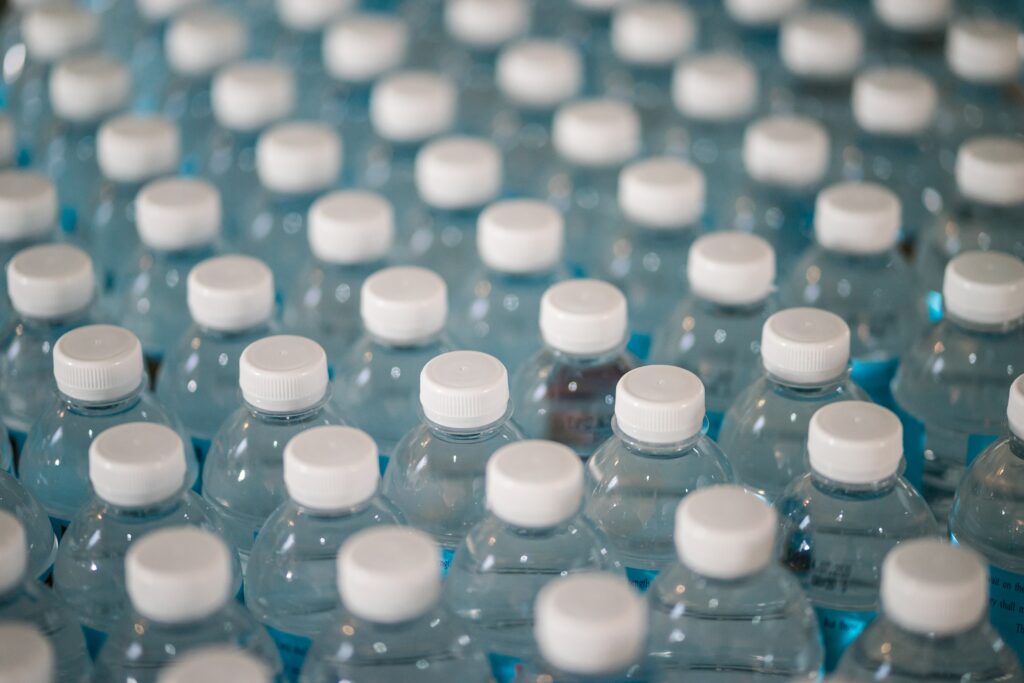
The need to act is urgent, in 2022 the United Nations Intergovernmental Panel on Climate Change, or IPCC, affirmed that the increase in temperatures has already caused irreversible damage to the planet and has increased human deaths and illnesses, meanwhile , the amount of CO2 emitted continues to increase. The U.S. Energy Information Administration predicted last year that if current policies and growth trends continue, annual global CO2 emissions could increase from about 34 billion metric tons in 2020 to nearly 43 billion metric tons by 2050.
Carbon capture and storage, or CCS, is a climate change mitigation strategy that the IPCC has long noted has considerable potential, a technology that has been around since the 1970s, CCS traps CO2 from chimneys or ambient air and pumps it underground for permanent sequestration. But instead of simply storing it, the captured carbon could be used to do things. In 2022, for the first time, the IPCC added carbon capture and utilization, or CCU, to its list of options for reducing atmospheric carbon. CCU captures CO2 and incorporates it into carbon-containing products such as cement, jet fuel and raw materials for the manufacture of plastics, still in the early stages of development and commercialization, CCU could reduce annual greenhouse gas emissions by 20 billion tons in 2050, more than half of current global emissions, according to IPCC estimates.
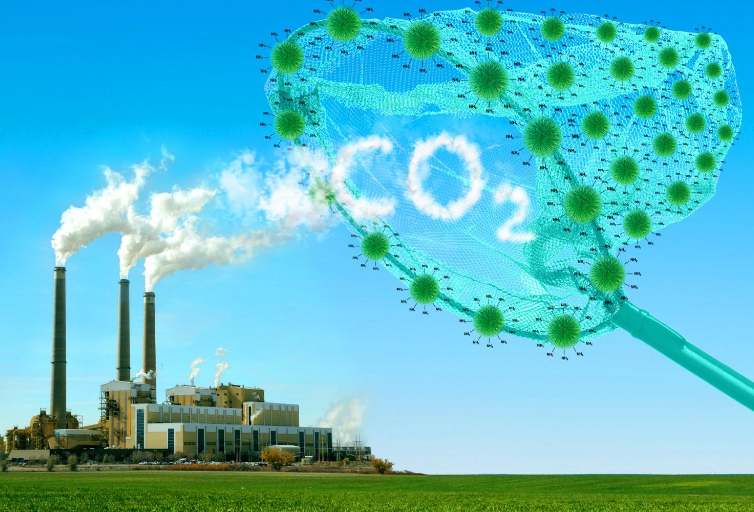
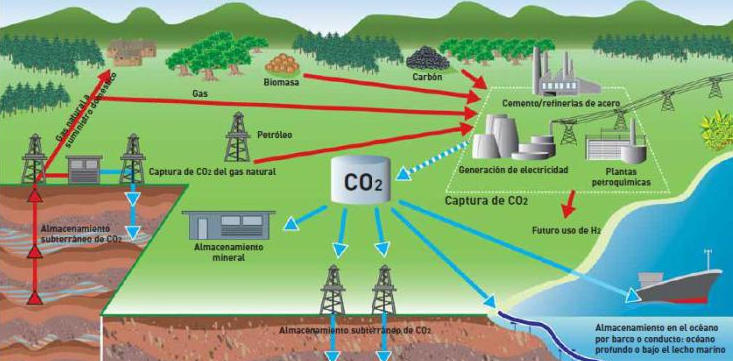
The use of carbon dioxide in products is not new, CO2 is used to make soft drinks, keep food frozen (such as dry ice), and convert ammonia into urea for fertilizers. What is new is the focus on making products with CO2 as a strategy to curb climate change. Much of this market is driven by the addition of CO2 to cement, which can improve its properties and reduce atmospheric carbon, and to jet fuel, which can reduce the industry’s large carbon footprint. Converting CO2 to plastics is a niche market today, but the field aims to combat two crises at once: climate change and plastic pollution.
Plastics are a serious crisis for the environment, from the use of fossil fuels to their accumulation in landfills and oceans, but we are a society addicted to plastic and everything it gives us. Creating plastics from nothing is not easy, it is necessary to extract the CO2, from the atmosphere or from chimneys, for example, using specialized equipment; often, it must be compressed into a liquid form and transported, usually through pipelines. Finally, to meet the overall goal of reducing the amount of carbon in the air, the chemical reaction that converts CO2 into the building blocks of plastics must be done with the least amount of additional energy possible and keep energy use low. a special challenge when it comes to the carbon dioxide molecule.
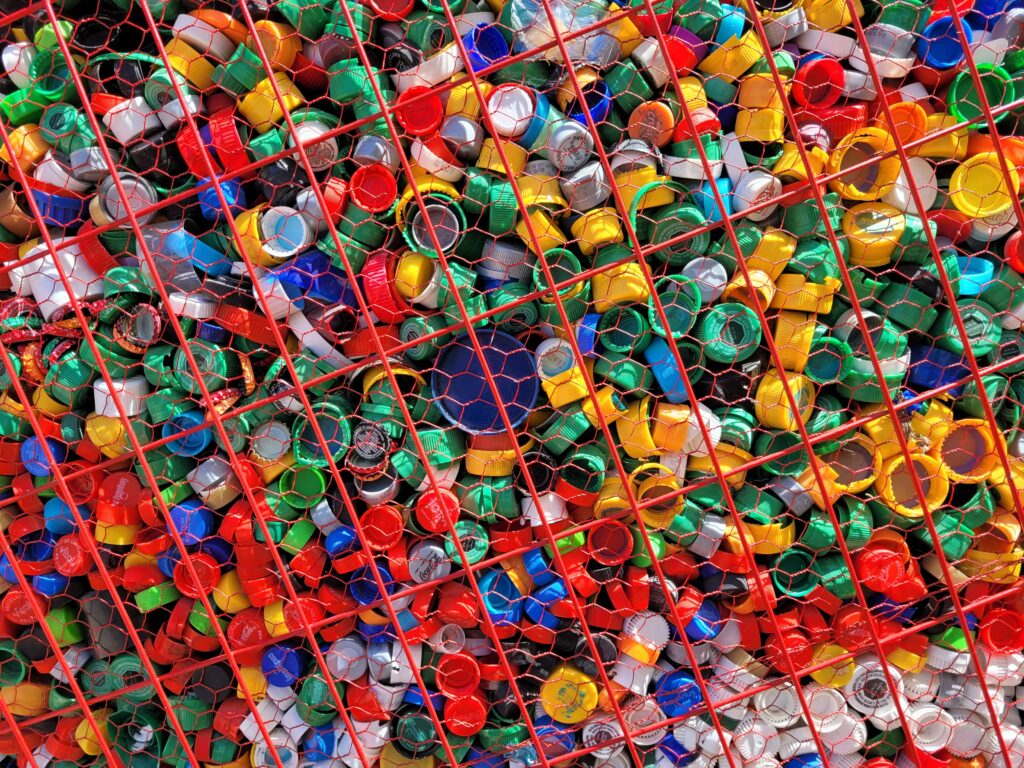
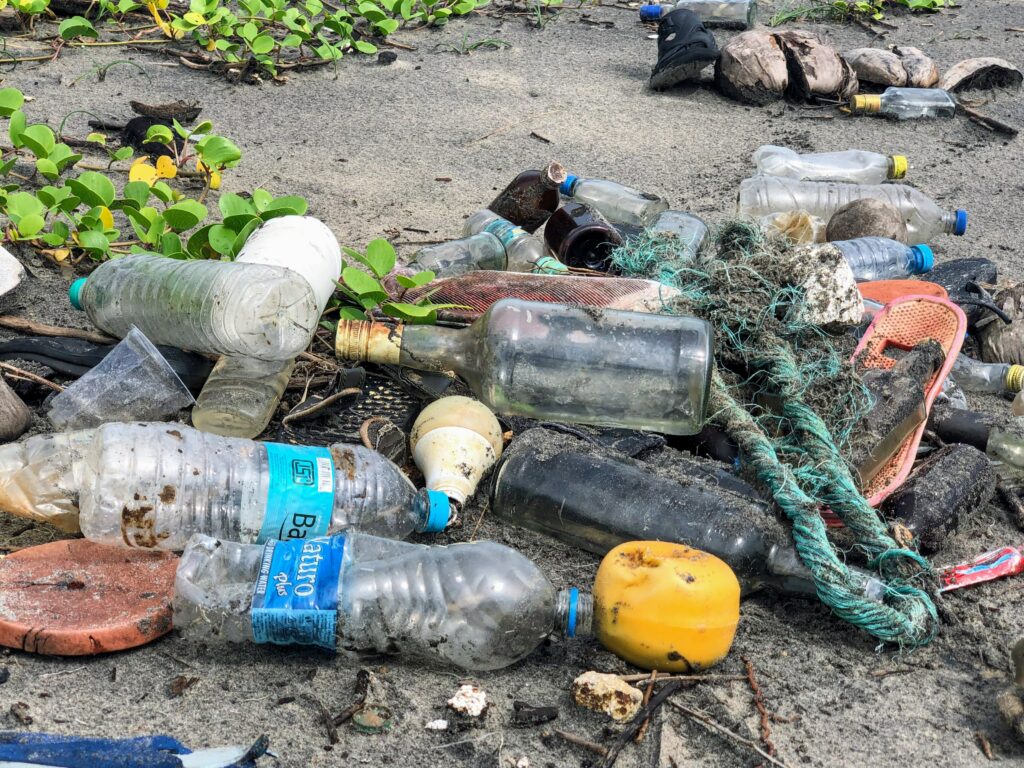
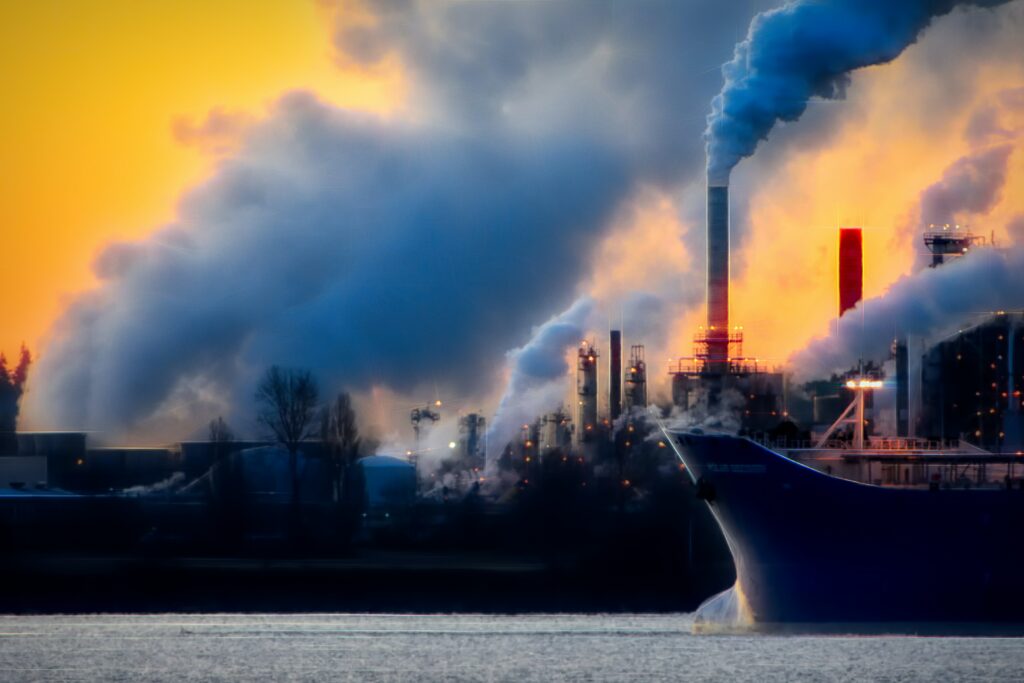
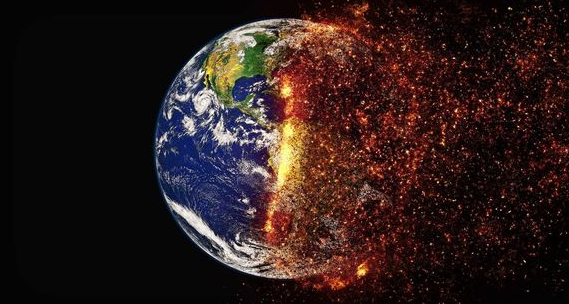

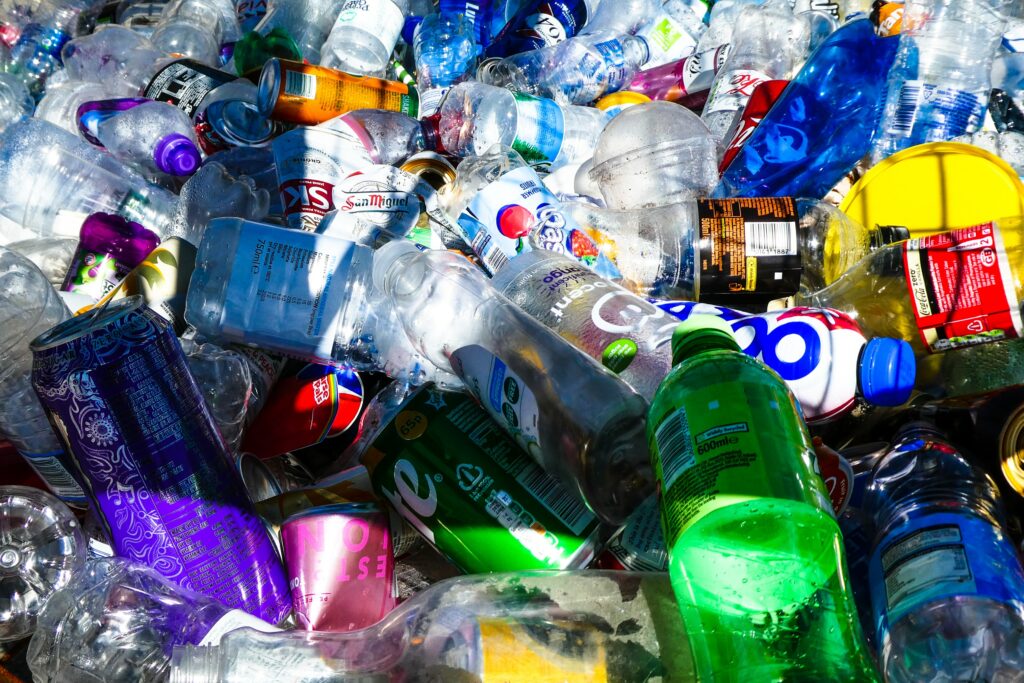

Responses